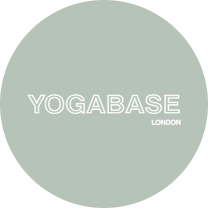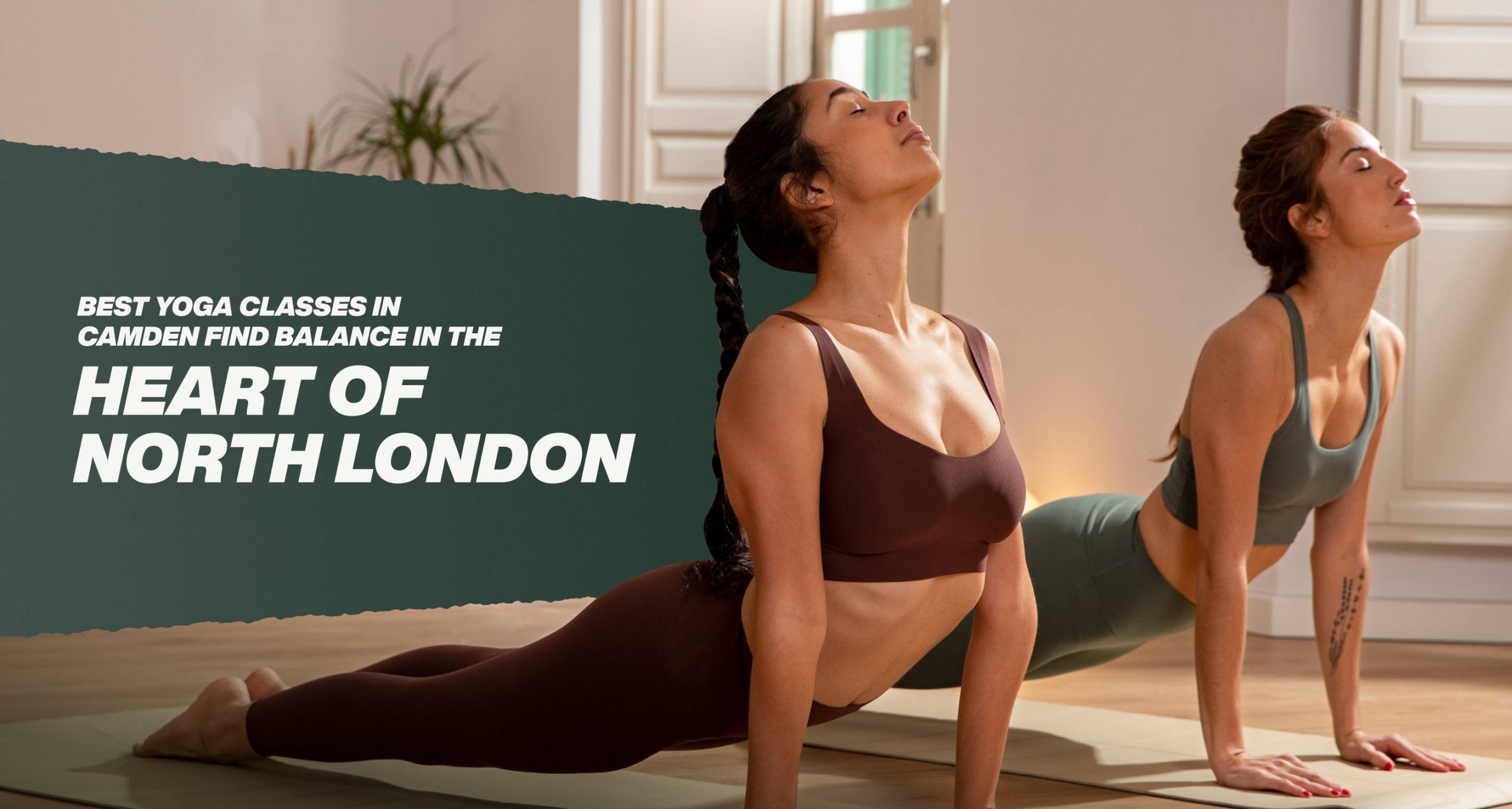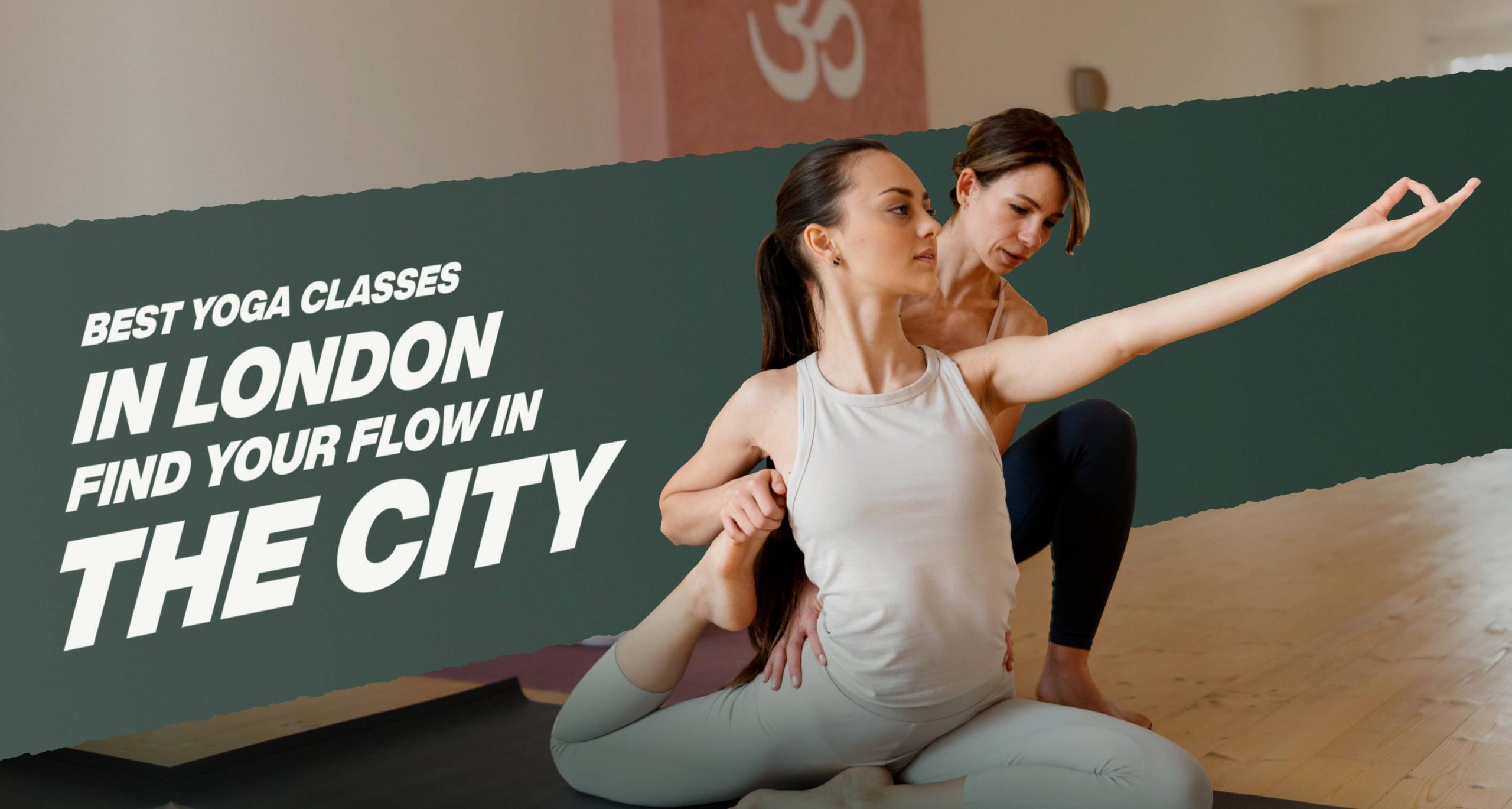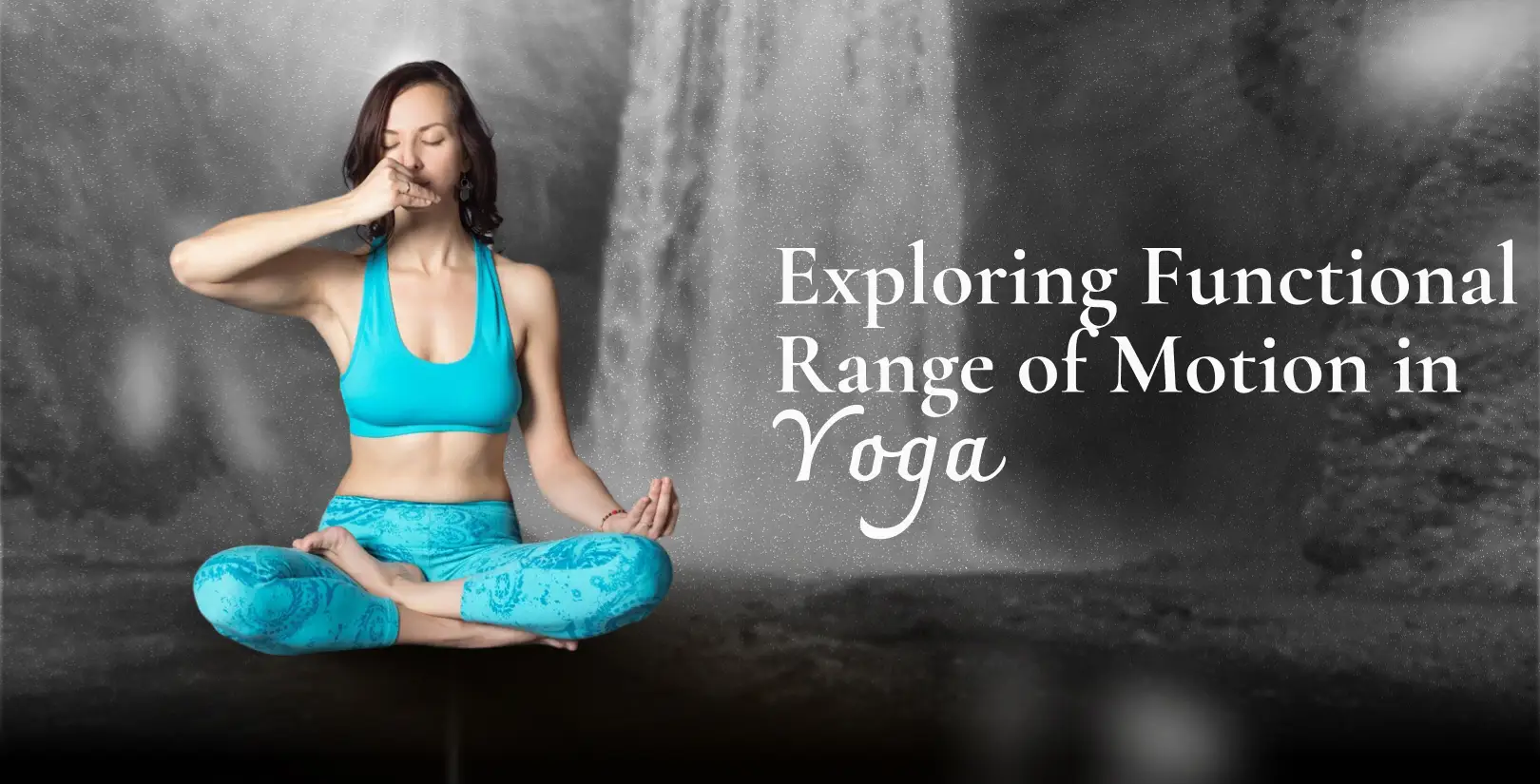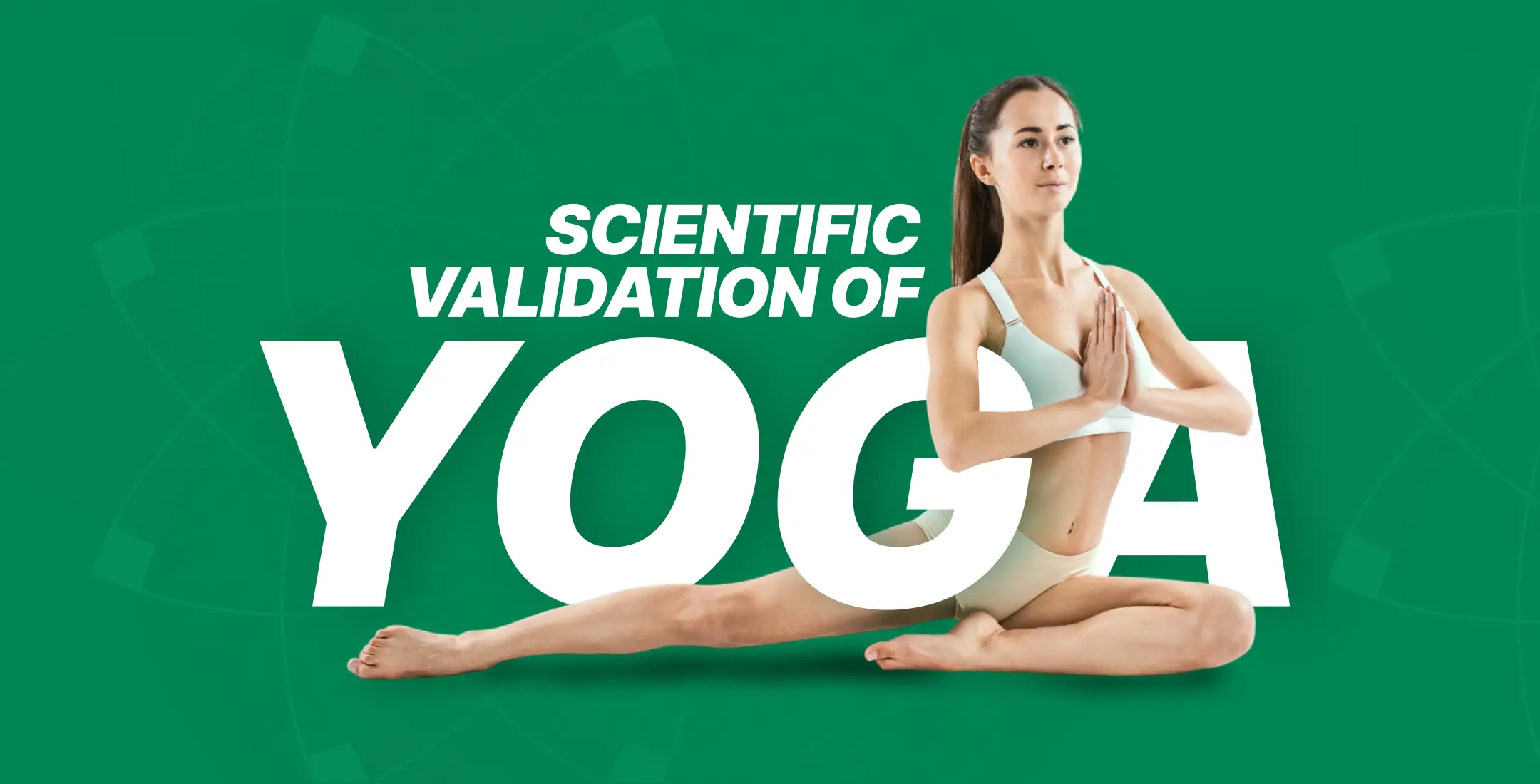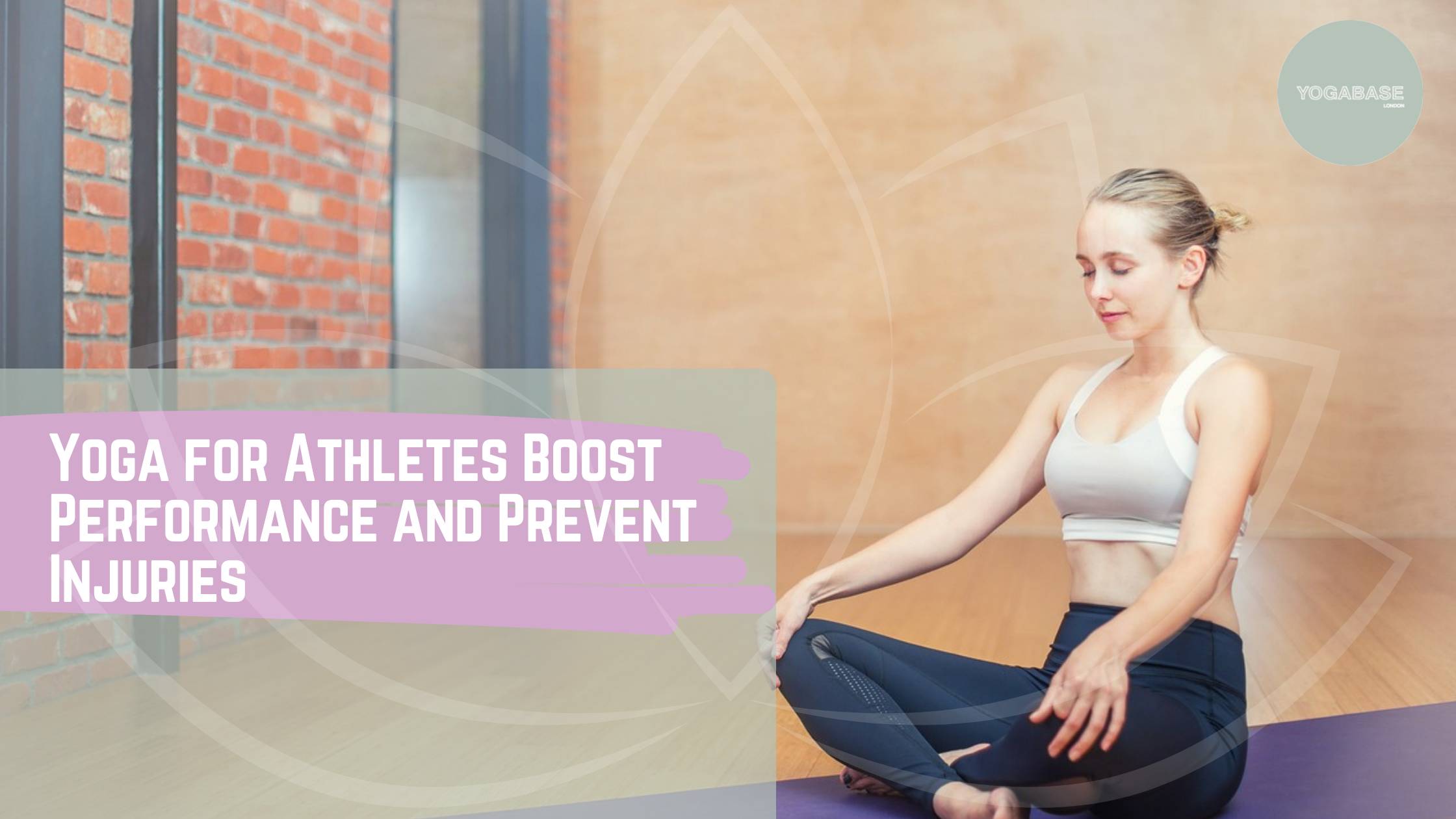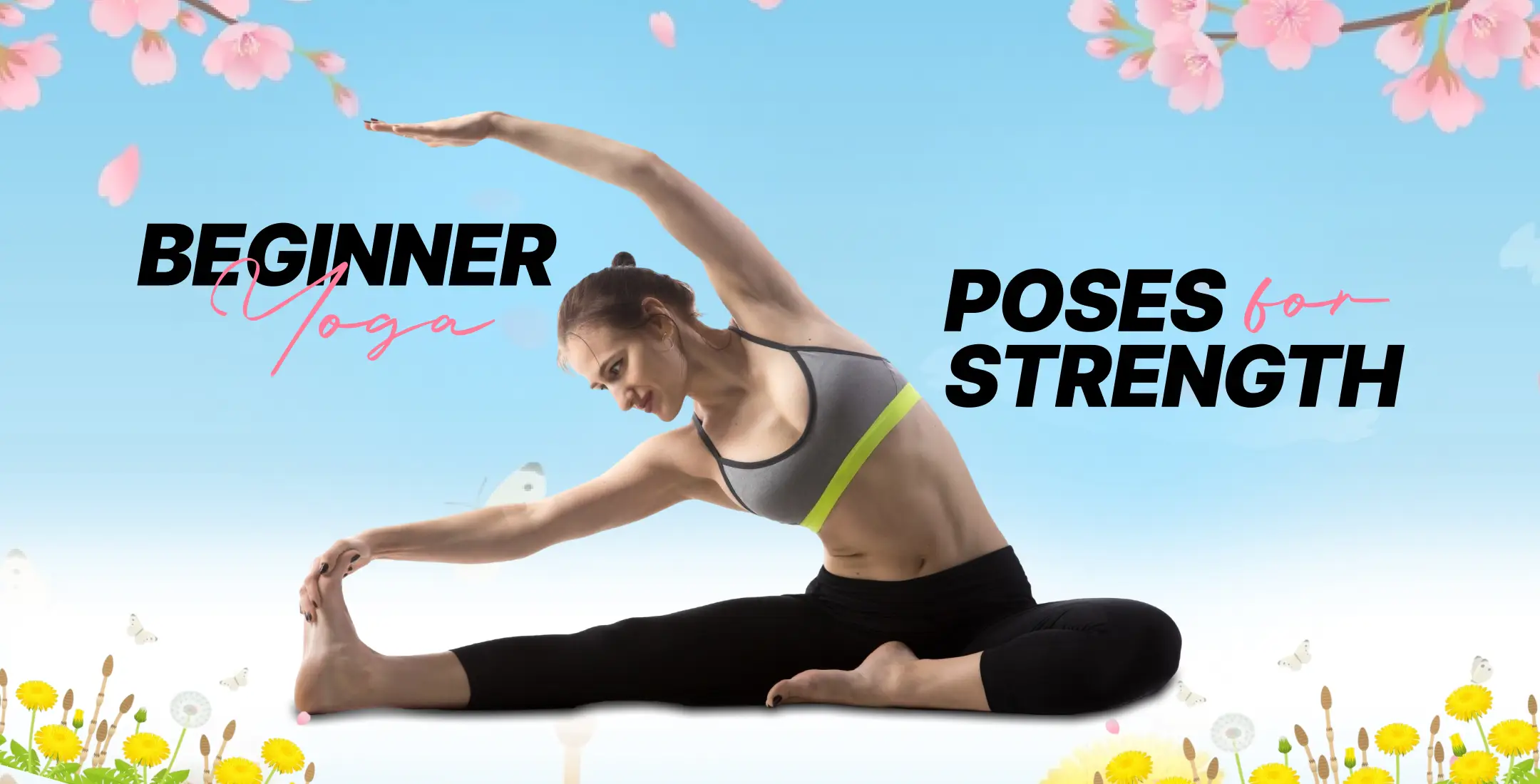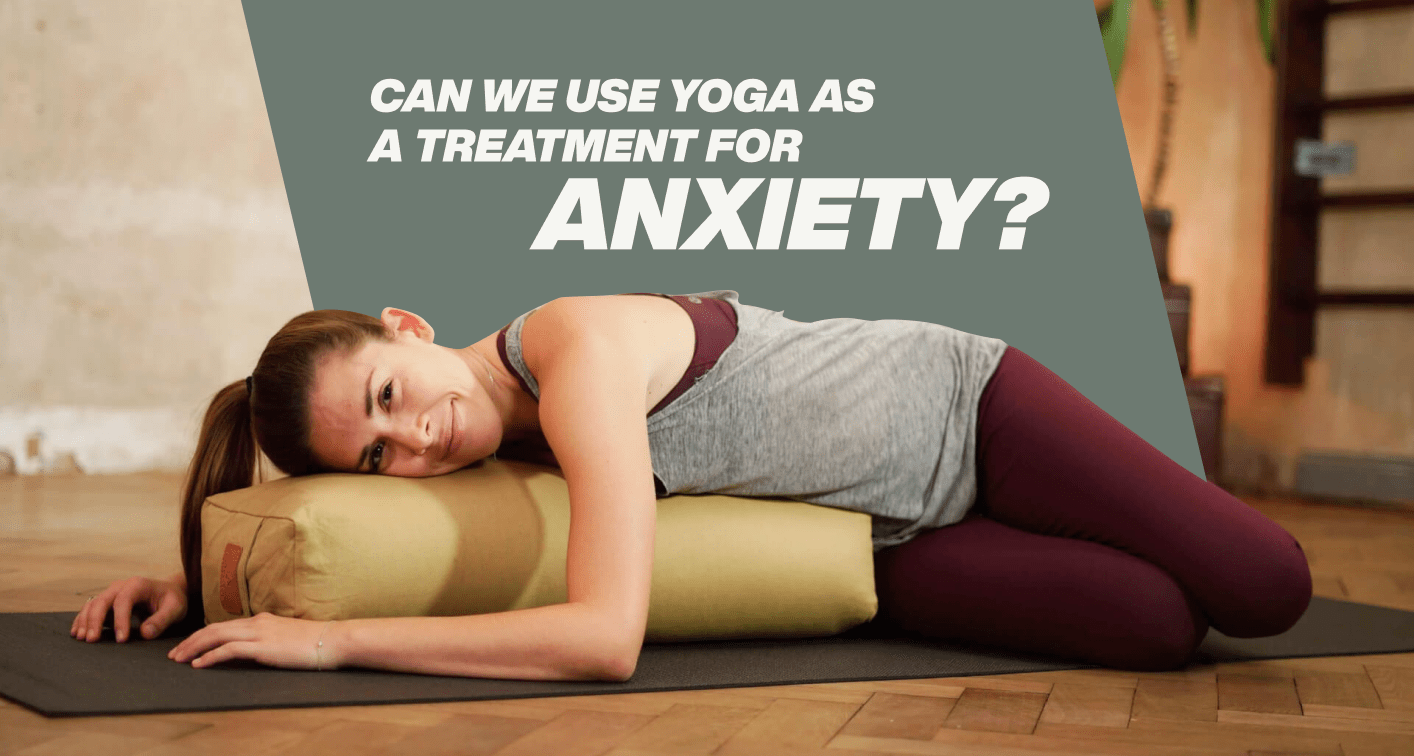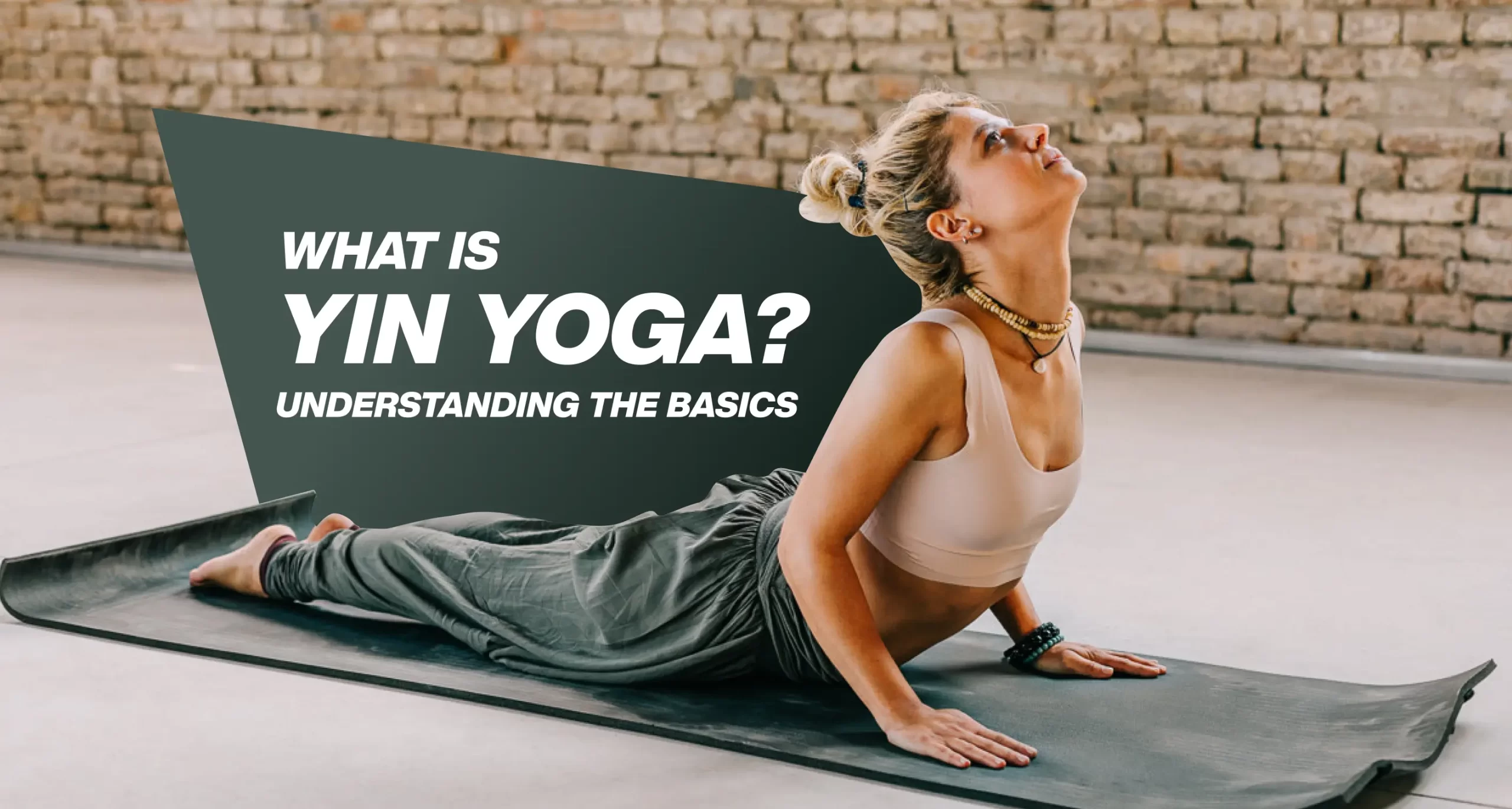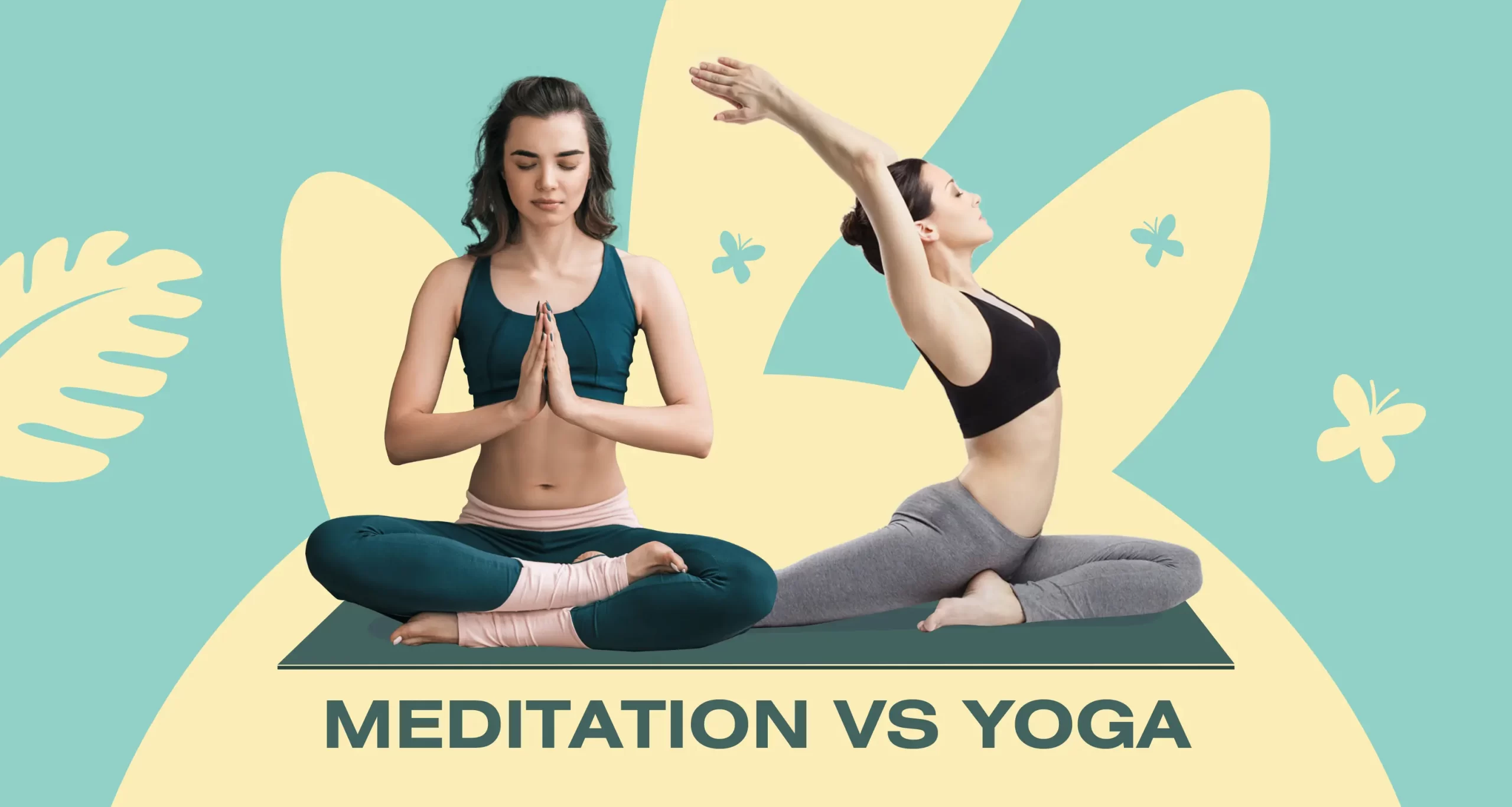
Inner peace is becoming more and more difficult in the modern rhythm, with constant stress and distractions. That is when you can see the difference between two ancient ways to find this peace in the craziness of everyday life – meditation and yoga. As we embark on the path of self-discovery, we come to a choice: meditation or yoga.
They both call for the seeker to come closer towards tranquillity. However, they remain subtly unknown; are they the same companions towards self-awareness and enlightenment or divergent routes towards one goal? Let us unravel the core and substance of yoga and meditation, striping them to the core of their profundity and transformative existence.
What Is Yoga?
Yoga is an age-old practice in India that incorporates a variety of physical, psychological, and mindfulness exercises. Yoga is a comprehensive approach to unifying the body, mind, and spirit. Yoga uses a variety of physical postures, breath management, mediation, and ethical standards, aiming to create a feeling of normalcy, fluidity, power, and inner tranquillity.
The practice of yoga is commonly understood in terms of bodily exercises, although the concept has repercussions far beyond the body, including significantly superior mental capacity and spiritual resurrection. Yoga is a trip toward self-awareness, self-expression, and personal transformation.
What Is Meditation?
Meditation is a practice that involves training the mind to focus & redirect thoughts, ultimately leading to a state of heightened awareness & inner peace. Meditation often consists of practising mindfulness, concentration, & relaxation techniques to cultivate clarity, calmness, & emotional balance.
People practise meditation in different ways, including seated meditation, guided visualisation, mantra repetition & mindful breathing. While meditation has its beginnings in various spiritual & religious traditions, People also practice it.
Secularly to reduce stress, improve concentration, & enhance overall well-being. Meditation provides a path to self-discovery, self-awareness, & a closer relationship with oneself & the universe.
What Is the Difference between Yoga and Meditation?
Yoga and meditation are ancient practices with origins in Eastern culture, but they approach it to practice and differ as follows. Yoga is a term that refers to a holistic pursuit that includes more postures of the body asanas, control of the breath-pranayama, mindfulness, ethical precepts, and various meditation techniques. Yoga aims to link the mind, body, and spirit and achieve a check, power, and calm platform.
Meditation aims to educate the mind, and insightfulness and internal calm recur. Some primary meditation forms include mindfulness awareness, mediation-focused awareness, and seeing oneself in a better position.
What are the different types of yoga practice?
Yoga comprises various styles, each with its unique focus. Your selection depends on physical fitness, personal preferences, and health goals. Whether you prefer a challenging workout or seek a calm, meditative experience, there’s a yoga style suited to your needs.
Hatha Yoga
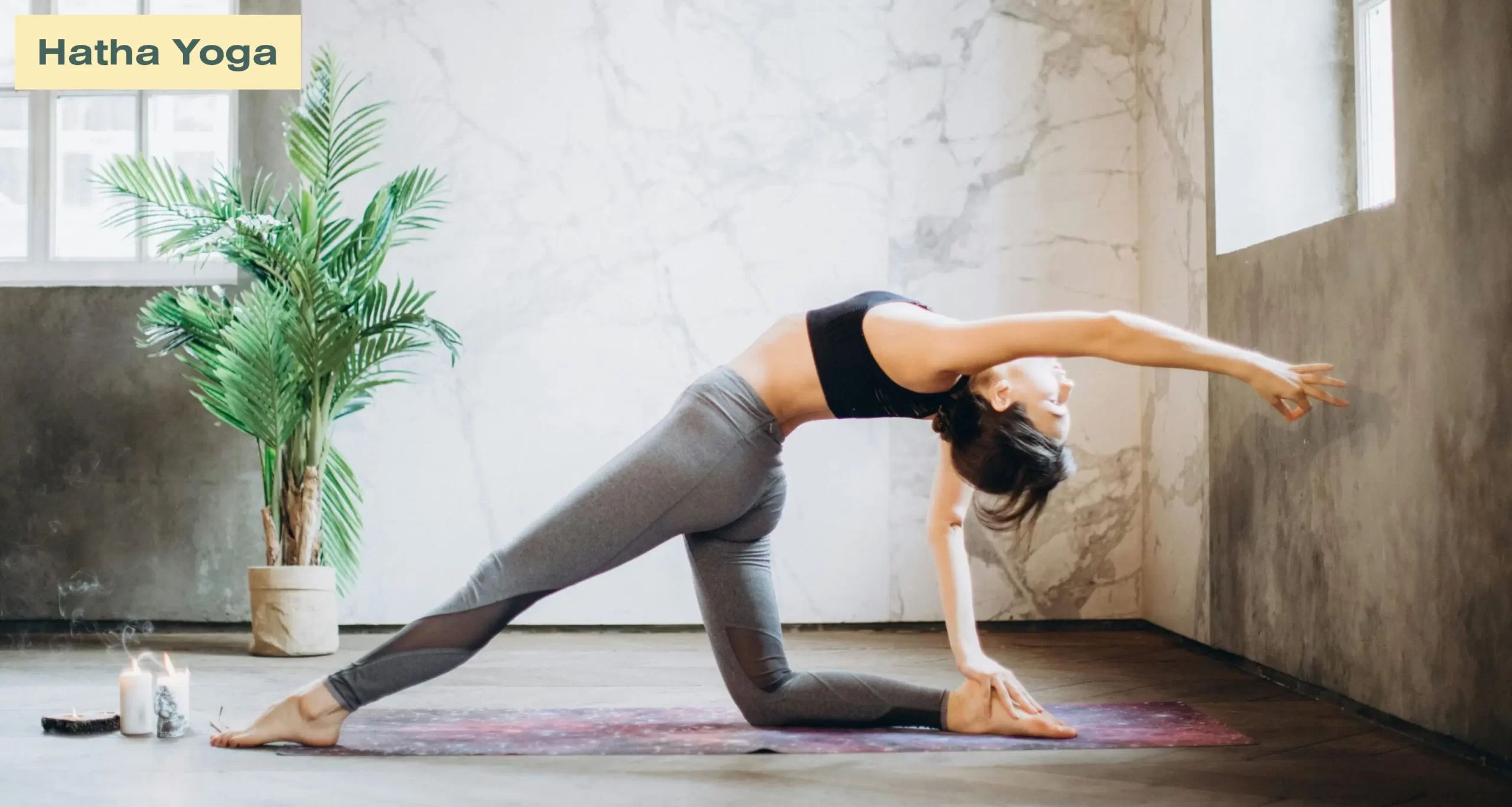
Hatha yoga is a gentle form focusing on basic postures (asanas) and breath control (pranayama). It is suitable for beginners and emphasises alignment, balance, and relaxation.
Vinyasa Yoga
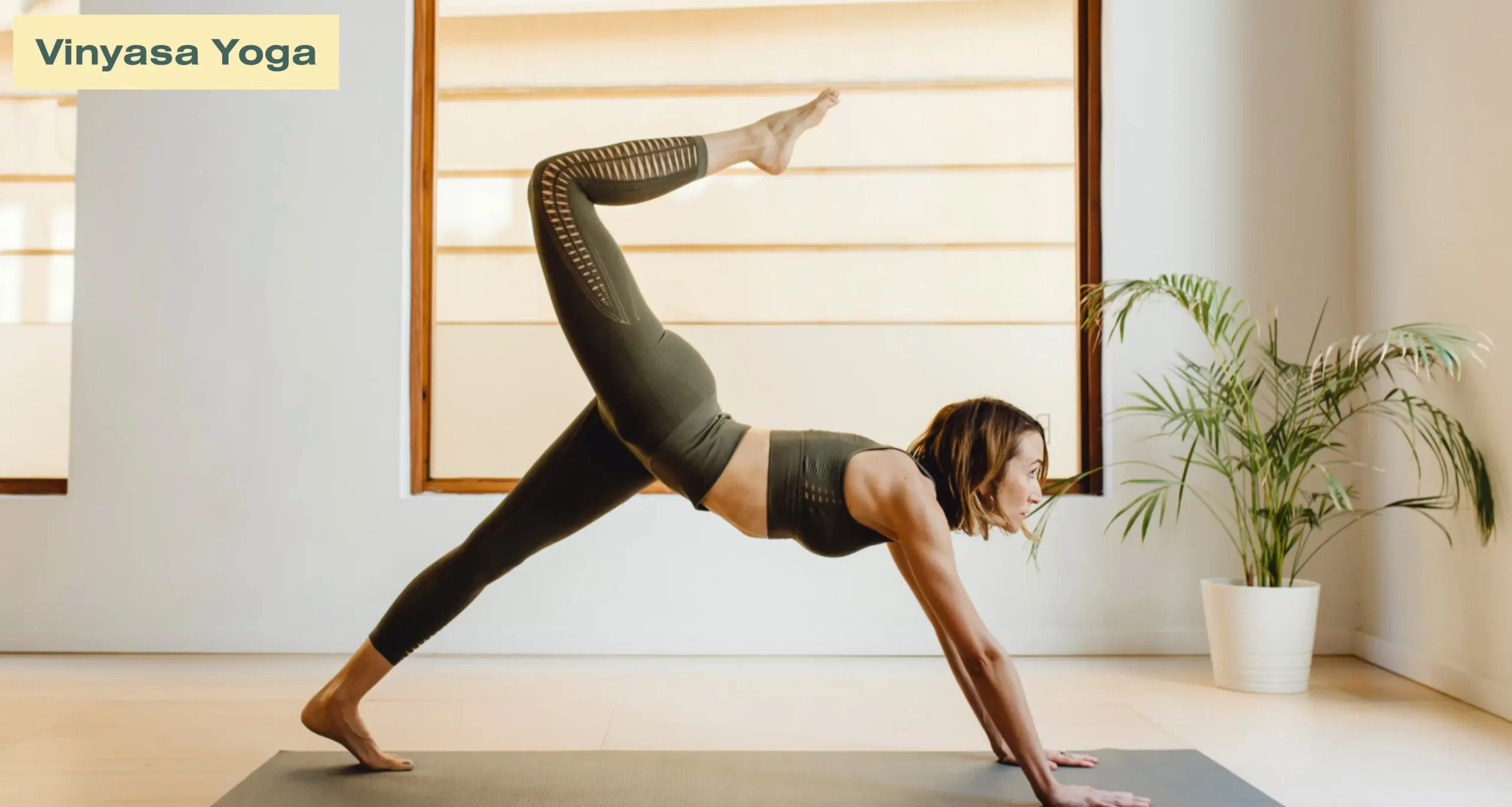
Vinyasa yoga is a dynamic and fluid style synchronising movement with breath. It involves flowing sequences of poses, often referred to as “vinyasas,” and can vary in intensity from gentle to vigorous.
Ashtanga Yoga
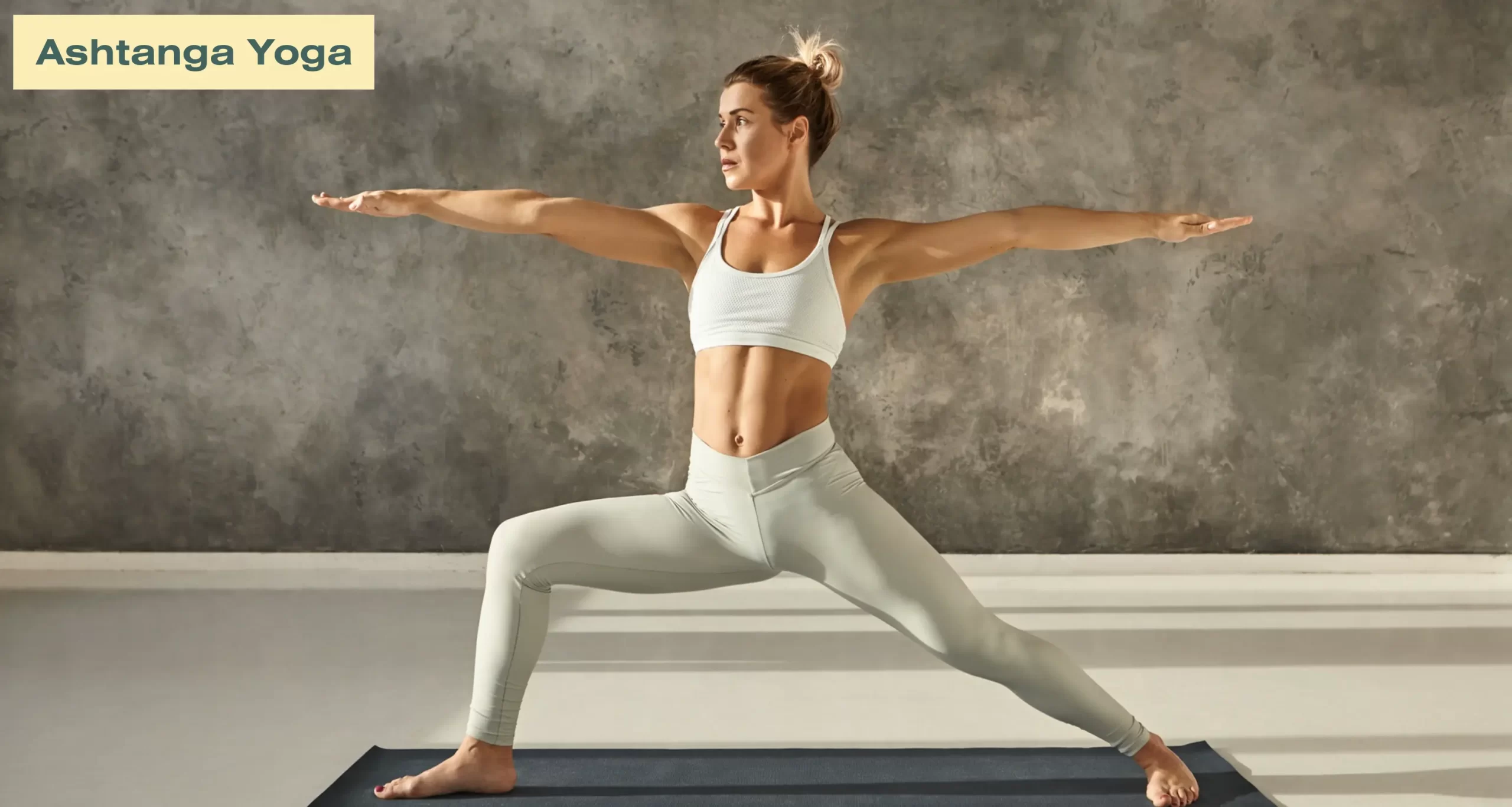
Ashtanga yoga is a rigorous and structured form that follows a specific sequence of poses, typically performed flowingly. It emphasises strength, flexibility, and breath control.
Bikram Yoga
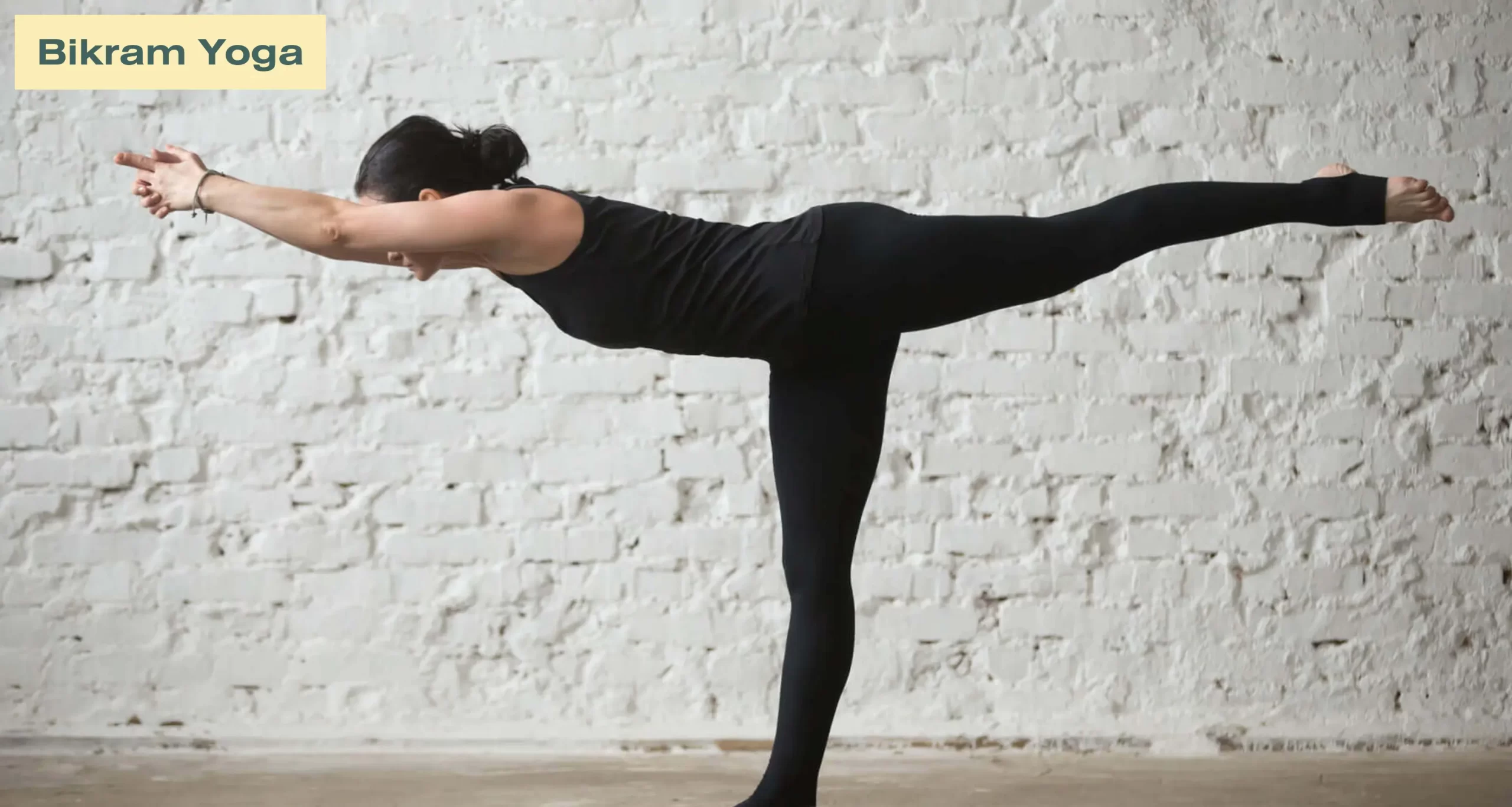
Bikram yoga, known as hot yoga, involves practising 26 poses in a heated room. The heat Believers hold this belief. To enhance flexibility and detoxification.
Yin Yoga
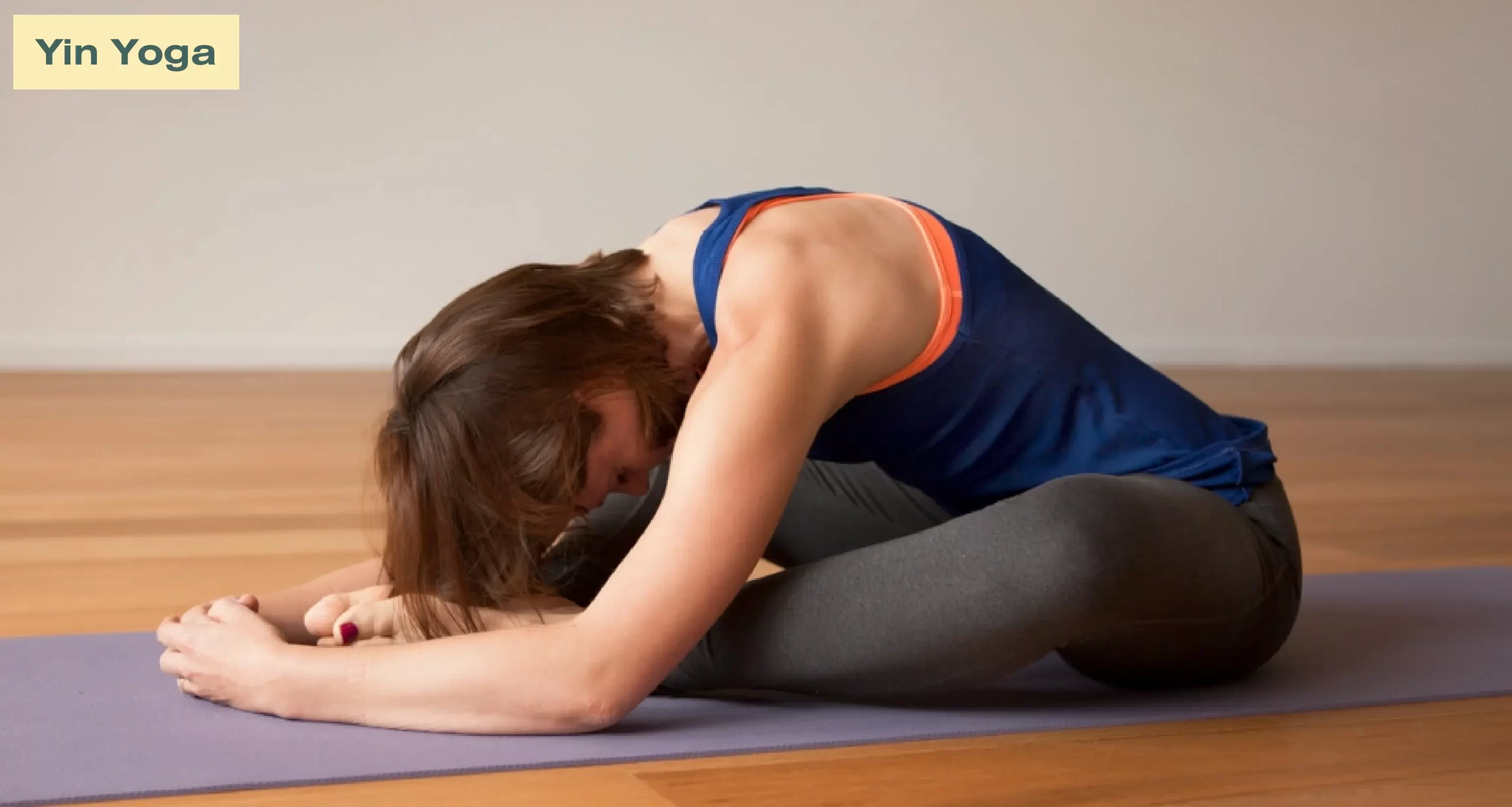
Yin yoga is a slow-paced style that focuses on holding passive poses for an extended period, typically 3-5 minutes or more. It targets the connective tissues, such as ligaments and fascia, and promotes relaxation and flexibility.
Restorative Yoga
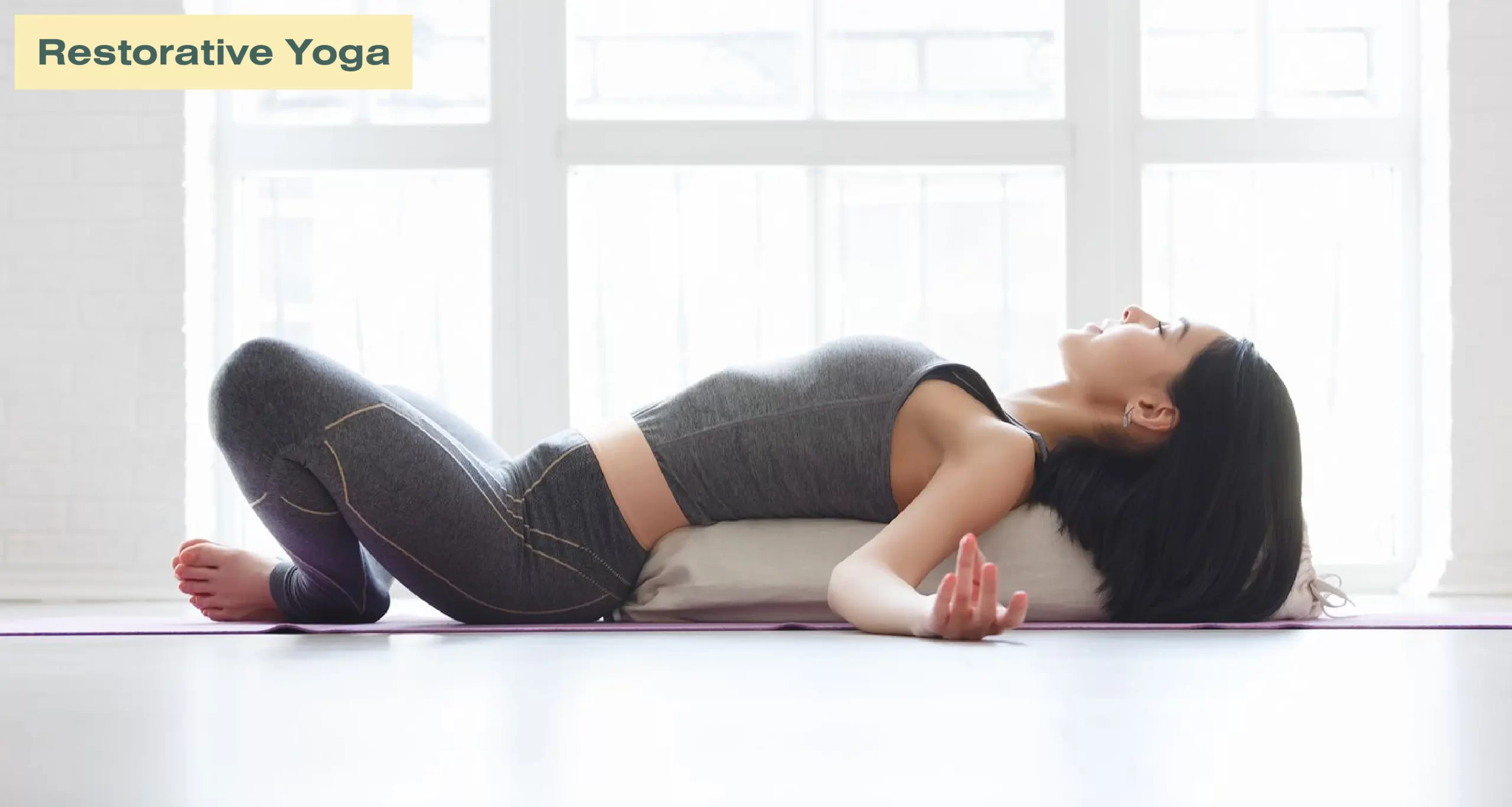
Restorative yoga is a deeply relaxing and therapeutic practice that involves supported poses held for extended periods, often using props such as bolsters and blankets. It aims to release tension and restore energy balance.
Kundalini Yoga
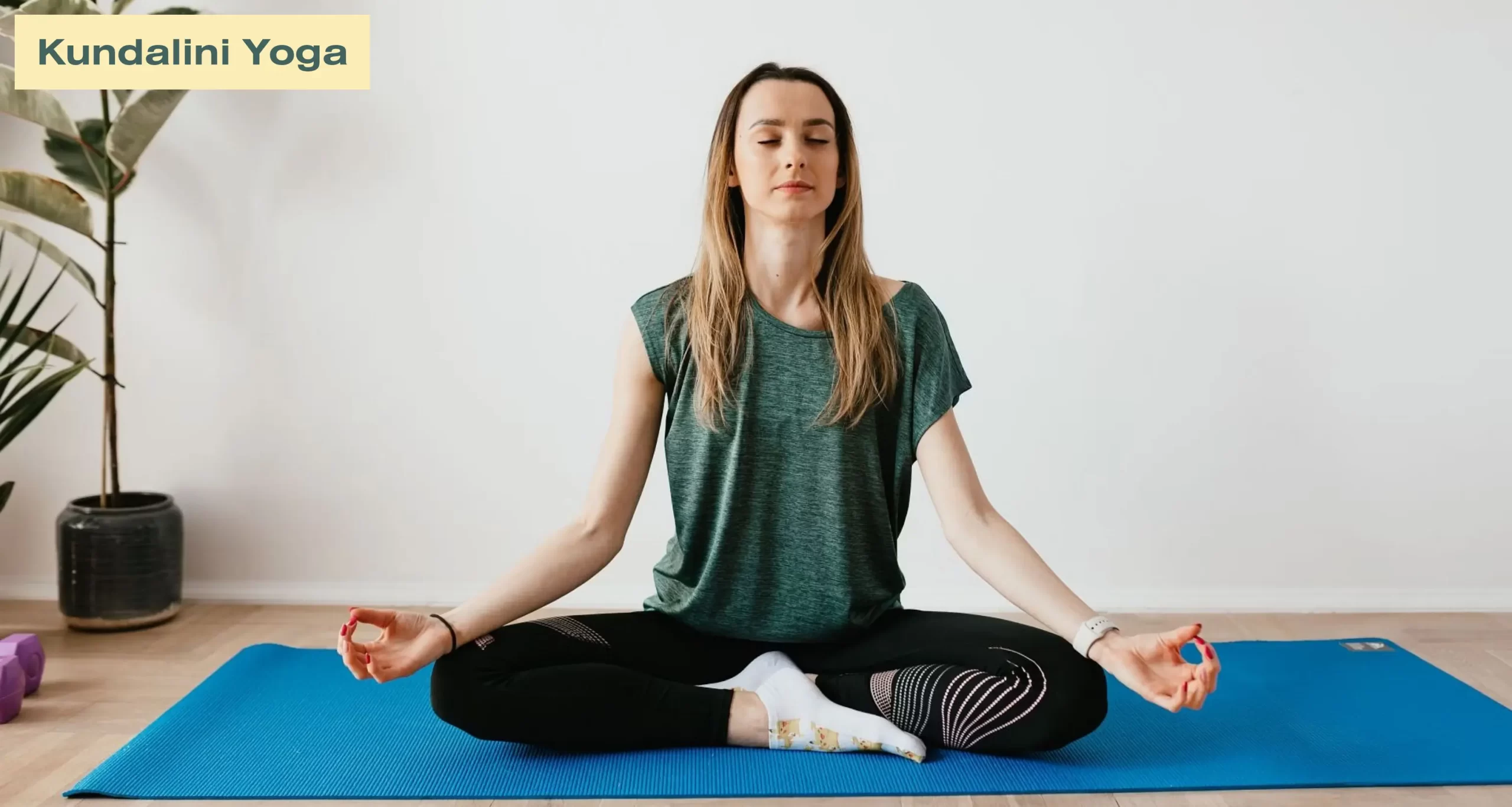
Kundalini yoga combines dynamic movements, breathing techniques, chanting, and meditation to awaken the Kundalini energy, believed to be coiled at the base of the spine. It emphasises spiritual growth and inner transformation.
New to yoga, check out 9 Basic Yoga Poses For Beginners.
What Do Meditation and Yoga Have in Common?
Meditation and yoga, although two different practices, also have certain similarities in nature. They both focus on self-awareness, mindfulness, and self-discovery to find inner peace. These practices involve an individual connecting with the present time and quieting internal thoughts; both strive to assist in mental clarity and help reduce stress.
However, although meditation is built into one of yoga’s parts, meditation can be separately used from yoga. Ultimately, both practices are a path to self-discovery, personal development, and spiritual discovery, leading you to start a journey of internal growth and transformation.
Which is better, yoga or meditation?
Iit would be possible to argue which one is “better.” It all depends on the person’s preferences, goals, and needs. Yet, both practices bring “better” to an individual, and there is nothing wrong with such competition since they complement each other well.
Yoga brings physical movement and exercise. In addition to increasing flexibility, strength, and balance, it incorporates mindfulness and breathwork. It is a holistic approach that benefits the body as much as the mind. By contrast, meditation is primarily mental training. It develops an individual’s mindfulness, concentration, and emotional stability. Meditation is available to help with stress, cognitive clarity, and inner peace.
Ultimately, the “better” practice is the one that resonates with you and supports your overall well-being. Many practitioners find that incorporating yoga and meditation into their routine can provide a balanced approach to health and wellness.
What should I choose, yoga or meditation?
Yoga and meditation offer valuable tools for self-discovery, stress reduction, and personal growth. Choosing yoga and meditation depends on your preferences, goals, and needs. Here are some considerations to help you decide:
Choose Yoga If
- You prefer physical movement and enjoy the benefits of improved flexibility, strength, and balance.
- You want to incorporate mindfulness and breathwork into your routine while engaging in physical activity.
- You enjoy the sense of community and connection that accompanies attending yoga classes.
- You’re interested in exploring different styles of yoga, such as hatha, vinyasa, or yin, in finding what resonates with you.
Choose Meditation If
- You’re primarily interested in mental training and cultivating mindfulness, concentration, and emotional balance.
- You prefer practices that focus on quieting the mind and observing thoughts and sensations without judgment.
- You’re seeking tools to manage stress, reduce anxiety, and promote well-being.
- You want a practice that you can easily integrate into your daily routine, whether it’s through short meditation sessions or mindfulness exercises.
Frequently Asked Questions
Yes, practitioners often incorporate meditation into yoga as a mindfulness and inner awareness component. While yoga encompasses physical postures (asanas), breathwork (pranayama), and meditation, individuals can also practice meditation independently of yoga.
There is no strict rule about whether to meditate or do yoga first. Some practitioners prefer to begin with yoga to warm the body and prepare for meditation. In contrast, others prefer to start with meditation to quiet the mind before moving into yoga postures. Experiment with
both approaches to see what works best for you.
Both yoga and meditation can be beneficial for managing anxiety. Yoga combines physical movement with breath awareness, promoting relaxation and stress reduction. Meditation cultivates mindfulness and emotional balance, helping to calm the mind and alleviate anxiety symptoms. Depending on individual preferences and needs, one may find relief through either or both practices.
The ideal amount of yoga daily varies depending on individual goals, preferences, and physical condition. Some practitioners may benefit from a daily yoga practice. In contrast, others may find that practising several times a week is sufficient. Listen to your body and adjust your practice according to your feelings, aiming for consistency rather than intensity.
Related blog
Explore the best yoga classes in Camden, North London. Find…
yogabase . 1 month ago
Explore top-rated yoga classes in London—from Hatha to Vinyasa and…
yogabase . 2 months ago
Boost flexibility and mobility with functional yoga—improve range of motion,…
yogabase . 2 months ago
"Struggling with sleep? Learn how yoga, calming poses, and breathing…
yogabase . 2 months ago
In this Blog, Explore the Scientific Validation of Yoga with…
yogabase . 3 months ago
Yoga enhances athletic performance by improving flexibility, strength, and recovery…
yogabase . 6 months ago
Discover beginner yoga poses for strength! Improve core stability, muscle…
yogabase . 6 months ago
"Master the art of Surya Namaskar with this step-by-step guide.…
yogabase . 8 months ago
Hatha Yoga: Explore its benefits, spiritual importance, and principles to…
yogabase . 8 months ago
Yoga can be a transformative treatment for anxiety, improving mental…
yogabase . 9 months ago
Yoga can be a transformative treatment for anxiety, improving mental…
yogabase . 9 months ago
Discover the gentle power of Yin Yoga, a slow-paced practice…
yogabase . 10 months ago
